Table Of Contents
Porcelain Tile vs. Ceramic Tile Comparison GuidE
What’s The Difference?
Porcelain Vs Ceramic Tile Comparison Table
| Porcelain Tile | Ceramic Tile | |
|---|---|---|
| Water Absorption | Less than 0.5 % | Greater than 0.5% depending on tile. |
| Typical Use Case | Indoor/Outdoor Floors And Walls. High Traffic Areas. | Indoor Floors And Walls. |
| Strength | Excellent. Very Hard Wearing. | Fairly Soft, Dropped Objects Tend To Damage Them Easily. |
| Cost | Ranging From $3 To Over $100 - Depending On Tile And Season Trend. | $1 to $10. More If A Designer Tile/Hand Made. |
| Ease Of Installation | Difficult. Specialist Equipment Needed To Cut/Install. Heavy. | Easy. Can Be Cut With Cheaper Tools. Grout Easier. |
| Professional Opinion | The Go-To Tile. Use Everywhere. Excellent Selection And Quality Is Top. | Only Good As A Splashback Tile. Absorbs To Much Water To Use Anywhere Else. |
Porcelain versus ceramic tile: Is there a distinction really? Or do we just have a case that’s more about “semantics shmantics”?
For you readers that don’t work with tile, the terms porcelain and ceramic are often used interchangeably as if they were the same thing. This is understandable since ceramic and porcelain tiles are used for the same applications, the installations principles are comparable, and on the surface level, have similar pro’s and cons.
The confusion begins when you visit a tile shop or speak to a professional tiler (like me!) and we say there’s a tonne of differences between them. So how does porcelain and ceramic tile differ?
Both porcelain and ceramic tiles are members of the greater community of tiles — a category that comprises all rigid natural terrestrial tiles that are moulded from natural clays and heated to give them their strength. However, porcelain tiles form their own division in the contemporary tile industry, since they have to fit certain regulations and requirements.
The key distinction between porcelains and ceramic tiles is:
According to the governing body determining whether a tile is ceramic or porcelain, the difference comes down to whether the tile can meet a strictly defined water absorption requirement. Porcelain tile is heated further, to an almost glass-like state that render’s it virtually impervious to water absorption, whilst ceramic can drink up water and hold it in it’s body like a thirsty camel battling the Sahara desert. It’s often difficult to tell the difference as both ceramic tile and the porcelain tile typically obtain surface vitrification (a top coating) that hides their composition.
Porcelain Tile
A special Kaolin clay mix is used to achieve this density, which is thinner and purer than most ceramic clay. It typically contains significant mixed quartz and feldspar levels.
Porcelain tiles are fired from 2200 to 2.500 degrees Fahrenheit.
It is generally enough for the consumer to say that the porcelain is a dense, thin grained and smooth tile which is more waterproof than the usual ceramic tile. This makes it an excellent choice as a bathroom tile as the high levels of water will not impact the tile in any way and provide a hygienic and easy to maintain surface, unmatched by any other material. The only weak point in such an installation would be the grout which is a cementitious product that absorbs water. Luckily, products like epoxy grout and grout sealants can be used to alleviate these problems.
Another notable process that a porcelain tile receives is a surface glass treatment. A thin layer of liquified glass is applied to the surface as a glaze. Whilst ceramics can get this also, some ceramics are left unglazed. This layer adds to the tiles strength and provides a strong resistance to staining and damage that ceramics lack.
Ceramic Tile
The ceramic tile uses a coarser clay, a less fine kaolin clay, and there are generally some of the porcelain clay additives missing.
At lower temperatures ceramic tile is usually fired, not exceeding 1,650 degrees Fahrenheit. Ceramic tile is more susceptible of water penetration than porcelain tile, however if the ceramic tile is glazed then it’s not as severe.
It should be noted that ceramic tile are known more as an old-school tile, coming onto the market first. Now they are seen more as a art deco novelty and being used in only selected areas. (Like subway style backsplashes. Their use has dropped significantly since the introduction of porcelain tile that far surpassed their qualities as a floor and wall material.
Comparing Appearance
Since both ceramic and porcelain tile are produced with a glazed surface, telling them apart can sometimes be difficult.
A rule of thumb I follow is to look on the backside of the tile. Ceramic tile is usually orange, brown or a general earthy hue. Porcelain tile is almost always white, or light grey on the backside. The glaze on a Porcelain tile is always one with the tile whilst a ceramic glaze can be noticed if you look at the side of the tile. It looks like a thin glaze that ends at the sides.
In time, you can identify tiles in a fraction of a second and know exactly what they are. It’s one of the superpowers that tile setters posses.
Porcelain Tile
What really sets Porcelain apart is the recent ability to produce tiles that resemble different materials.
Wooden plank tiles are an excellent example of this as they look like wood but provide the excellent characteristics and luxury of tile.
While ceramic tile generally has solid colour, porcelain tiles are available which mimic natural stone like marble or even wood grain remarkably well. This makes porcelain tile an excellent choice where you want the appearance of wood without being susceptible to damage to water.
Porcelain tile is simply the best tile in terms of appearance. It provides the greatest amount of colors, patterns, surface finishes like shiny or matte and also mimic other surfaces like marble or wood grain.
Ceramic Tile
Ceramic tile is most often a single color or has a slight pattern on it. More modern ceramic tile coming out of countries like China or India do have some complicated patterns on them however and once installed, can fool anyone into thinking they’re porcelain.
Ceramics do lack the ability to mimic other materials however, so solid colors and patterns are their only extravagence.
Water and Heat Resistance
Due to their manufacturing process, both ceramic and porcelain tile have excellent resistence to heat but as discussed earlier, only porcelain is good at resisting water ingress.
Porcelain Tile
Porcelain tiles are thicker, heavier and much more resistant to water, and therefore are a better choice for outdoor use than ceramic tiles. It should be noted however that they do absorb and hold heat well, so are recommended for outdoor use only in mild climates. If you are wanting porcelain tile outdoors, be sure to use a light color to ensure they absorb less heat from the sun. Dark tile can burn your feet if their cooking all day in the sun.
Ceramic Tile
Ceramic tile also have excellent heat resistence and can be used near heat sources although their structural integrity will be comprised quicker than a porcelain tile that has been heated to higher temperatures.
As an outdoor tile they tend to be avoided now as they do absorb water and hold it within themselves. This can lead to them cracking, especially if installed on a substrate that has flex or movement in it.
Care And Cleaning Requirements
There’s no need to break the two types of tiles up in this category as they both perform similary.
Tiles in general are easy to maintain with simple wet-mopping that’s performed on a regular basis. Wall tiles can be wiped down with a wet cloth and a mild cleaning agent. Bleach should be avoided as it can dissolve the colored pigments in the cloth or sponge and transfer it into the grout (especially white grout).
The best way to clean tiles is doing a little, regularly. Giving them a nice clean up with a mop once a week before dirt collects on them is by far the easiest way of maintaining their appearance. Grout will greatly benefit from this as well. You can always apply a good grout sealer if you are worried about it getting stained or have less than ideal cleaning habits.
MAINTENANCE And Durability
Porcelain Tile
Porcelain clays are denser than ceramic clays, and therefore less porous and far stronger. Porcelain tile is harder and more moisture-impervious than ceramic tile as a natural characteristic.
It is considered longer lasting and better suited for heavy use than ceramic tiles because of its composition throughout the body. If you chip a porcelain tile, the color continues throughout which makes the damage is almost invisible. Porcelain on the whole is an easy maintenance material that only needs regular mopping and optional grout sealing.
Ceramic Tile
This is pretty much a reverse statement of what has previously been mentioned about porcelain tile. Chip a ceramic tile and underneath the top glaze you will find a different color, which will make the chips very visible.
Ceramic tile clay is less dense than porcelain clays, which means that ceramic tiles are a bit more likely to crack and break. Used in the kitchen for example, simply dropping a knife on a ceramic tile can easily break them whilst a porcelain tile will likely absorb the impact and not show any damage. In my life time, I have repaired far more ceramic tiles than porcelain.
Unglazed ceramic tiles may also require tile sealers, not just for grout lines, but for the whole tile.
Installation
Overall, all tiles from mosaics, stone and of course porcelain and ceramic are installed using similar methods.
Tiles are attached to a suitable substrate like cement board or underlay membrane with a thinset mortar that is modified for the specific tile. Once set, the grout lines inbetween the tiles are filled with grout and any haze is buffed off to restore their original look.
Whilst the principles are the same, porcelain is always more difficult to work with due to it’s increased weight and longer drying times of the thinset and grout.
Porcelain Tile
Installation of porcelain tile is where the amatuer installer will really feel the difference.
Nothing about installing porcelain tile is easy – period.
From the more expensive thinset’s required to hold the heavy tile during curing, using additional tools like tile leveling systems to combat the weight and even simply cutting porcelain tile, it’s a whole different ball game for someone who has only installed ceramic.
Porcelain tiles are like glass, therefore are more brittle and require specialist tools to cut them. Forget buying tile cutters from home improvement stores as they’ll break more tiles then they’ll cut cleanly. More expensive manual tile cutters are required as they’ll score the tile and snap them cleanly, giving a result that can be used. Wet tile saws and diamond blades fitted to angle grinders can also be used to cut tiles straight and are needed for any detail cuts like around doors, power points, etc.
In terms of a DIY homeowner installed tiles by yourself, then installation is the only real drawback of porcelain tile. They are not easy by any means and sometimes the experience of a professional tile setter is required to makes those dreams a reality.
Any time I get to install ceramic, it’s an easy day.
The tiles are much more forgiving and can be cut easily with a tile cutter or handheld tile saw. Their softness proves no match for my tools that are built to work with porcelain. Compare it to hitting a flat stretch of road after peddling your bike uphill for hours.
Grouting is easier as well as the ceramic sucks up the water faster, meaning I can finish the job quicker and buff off the haze, rather than waiting for the water to naturally evaporate in a porcelain tile (because none of it is absorbed into the tile.)
For a DIY-er, ceramic is hands down the easiest to install. Cheaper tools, more forgiving and lighter tiles. The result won’t be as nice as a porcelain, but it’s an element you got to consider if you won’t be using a professional.
COnclusion
In this comparison of ceramic tile and porcelain tiles, we looked at the main factors that will influence your decision in buying a tile.
On the whole, porcelain tile excelled at all the factors that counted. Appearance, durability and general quality. These wins did come with their own problems however. Those being price and difficulty to install.
Whilst price is a factor that can fluctuate depending on how modern the tile is and where you purchase it from, installation is something that is always difficult. From requiring more expensive equipment to knowing how to work with porcelain, it’s far more difficult in comparison to ceramic tile.
As someone how works with tiles on a daily basis, my honest advice would be to only use ceramic tiles on walls and only where they don’t see excessive water (showers.) Use porcelain everywhere else and consider the costs of hiring a professional to install it over purchasing all the required tools and trying it yourself.
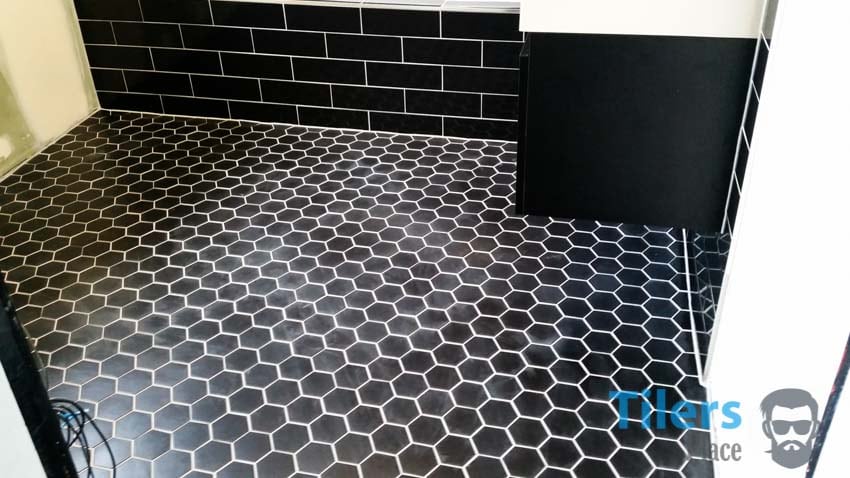

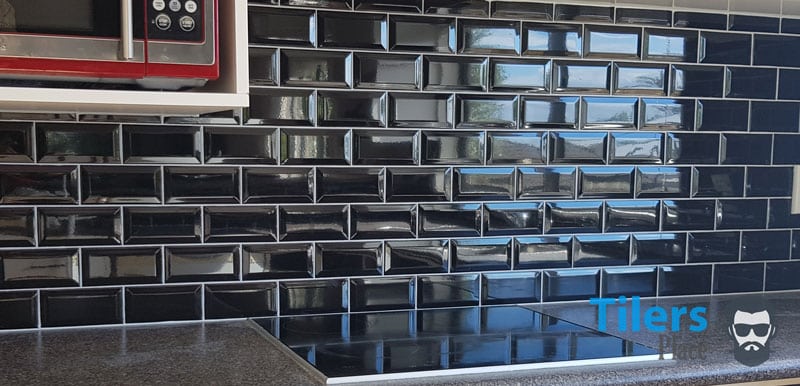


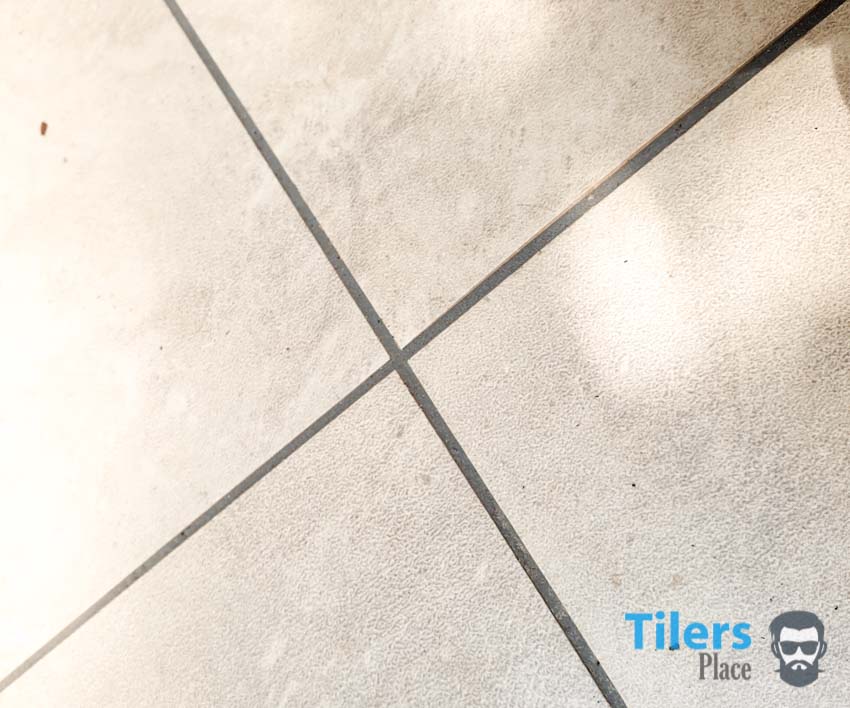
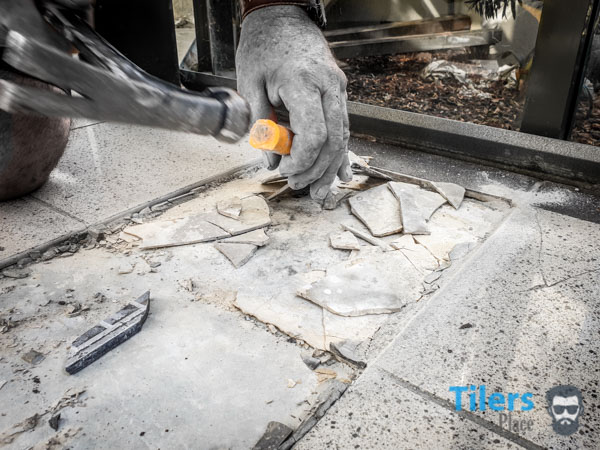
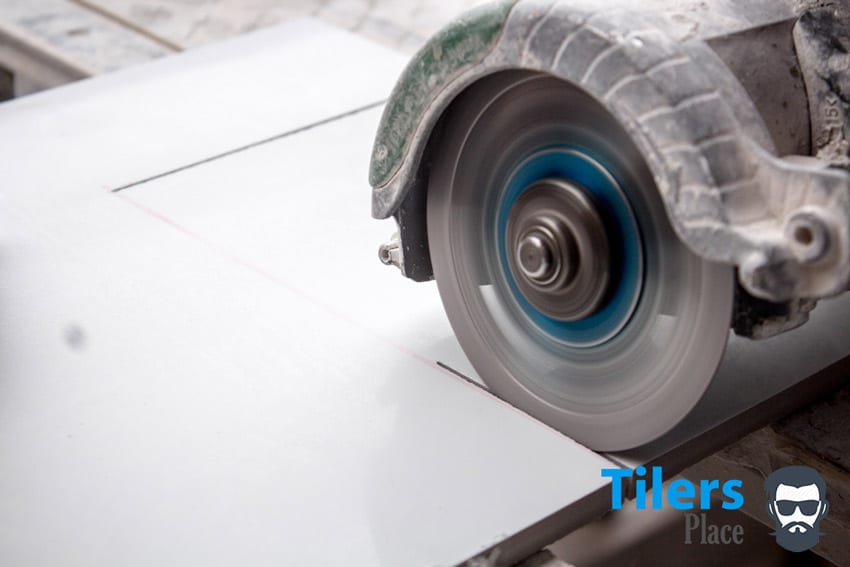
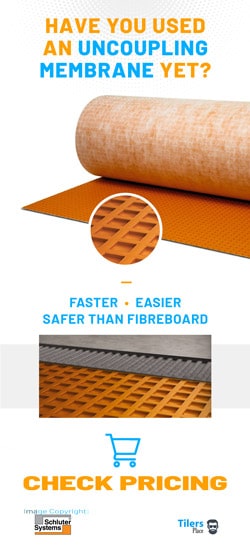


Great reviews Carl .
I’ve always used rubi cutters I still use a ts40 I’ve had for 25 years
The TX range is brilliant
Thanks
Carl almond.